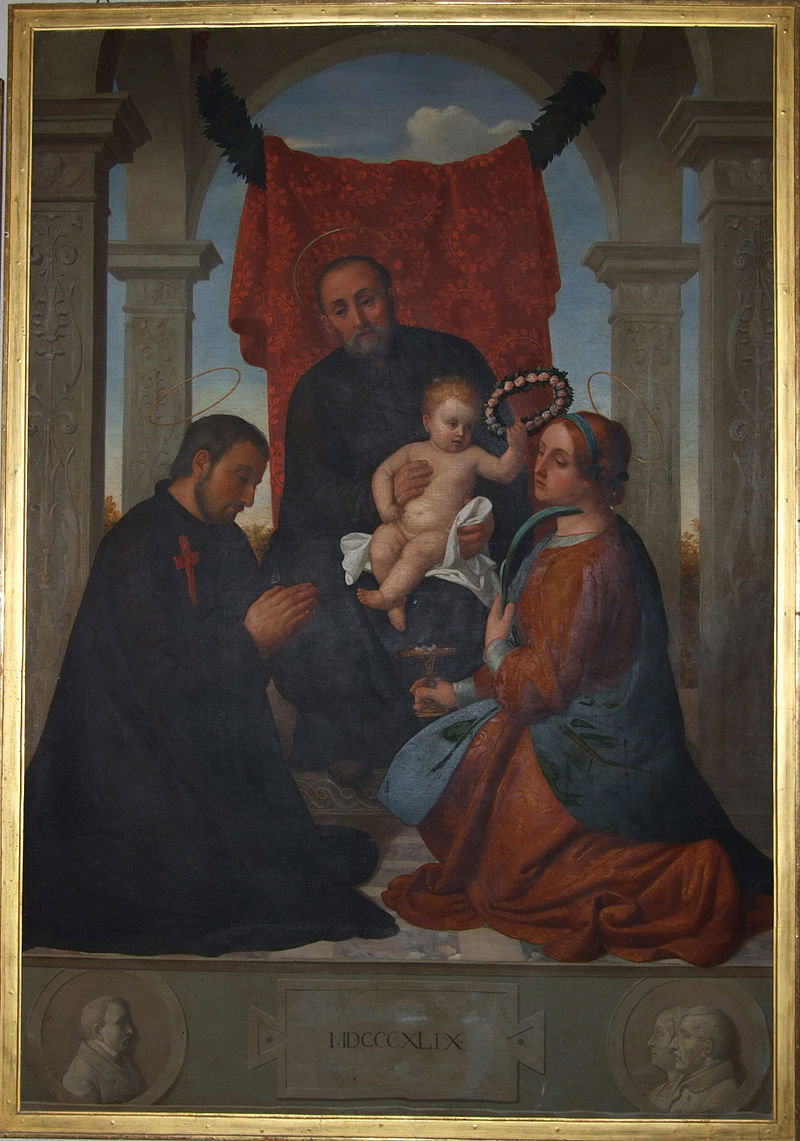Theorist and painter antonio Bianchini was born in Rome, on 18 September 1803. He was a leading proponent – with both pen and brush – of the aesthetic movement called Purismo. Rejecting the dominant Neo-classical style, artists adhering to Purismo advocated a return to the spiritual values, expressivity, and ‘primitive’ idiom of Italian 14th- and 15th-century painters. They particularly admired the work of Giotto, Fra Angelico and the early Raphael. As a theorist, Bianchini gave several lectures – at the Società degli Amatori e Cultori di Belle Arti in Rome – that developed aesthetic doctrines linking literary and pictorial Purismo. In 1843 he published an important essay entitled Del purismo nelle Arti(Purism in the Art), now considered as the manifesto for the movement. Like-minded artists, such as the painters Tommaso Minardi and Friedrich Overbeck and the sculptor Pietro Tenerani, also signed this manifesto. As a painter Bianchini specialized in watercolors and miniatures, producing mainly copies of Renaissance masters. Few large-scale paintings by Bianchini have survived; an important example is his 1849 Saints Gaetano, Camillo and Lucia and the Christ Child. For the last twenty years of his career, Bianchini was engaged in restoration and he worked on the renovation of the Galleria delle Carte Geografiche of the Vatican and in the chapel of S Scolastica in Subiaco.
Saints Gaetano, Camillo and Lucia and the Christ Child, 1849, Oil on canvas, Palazzo Jacobini, Genzano

